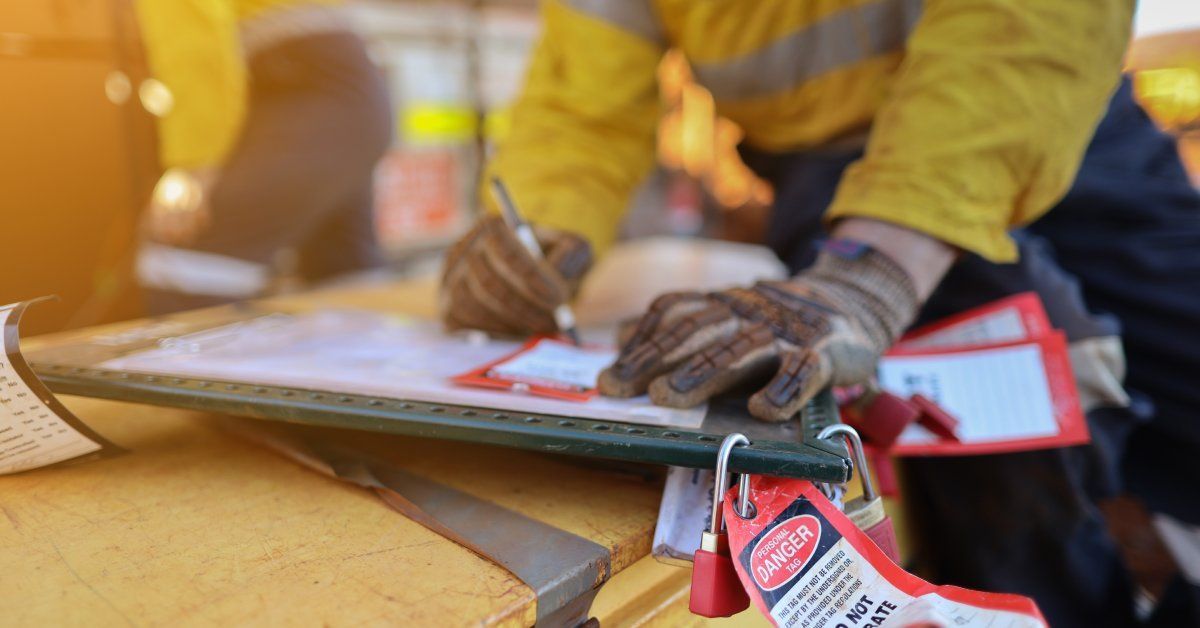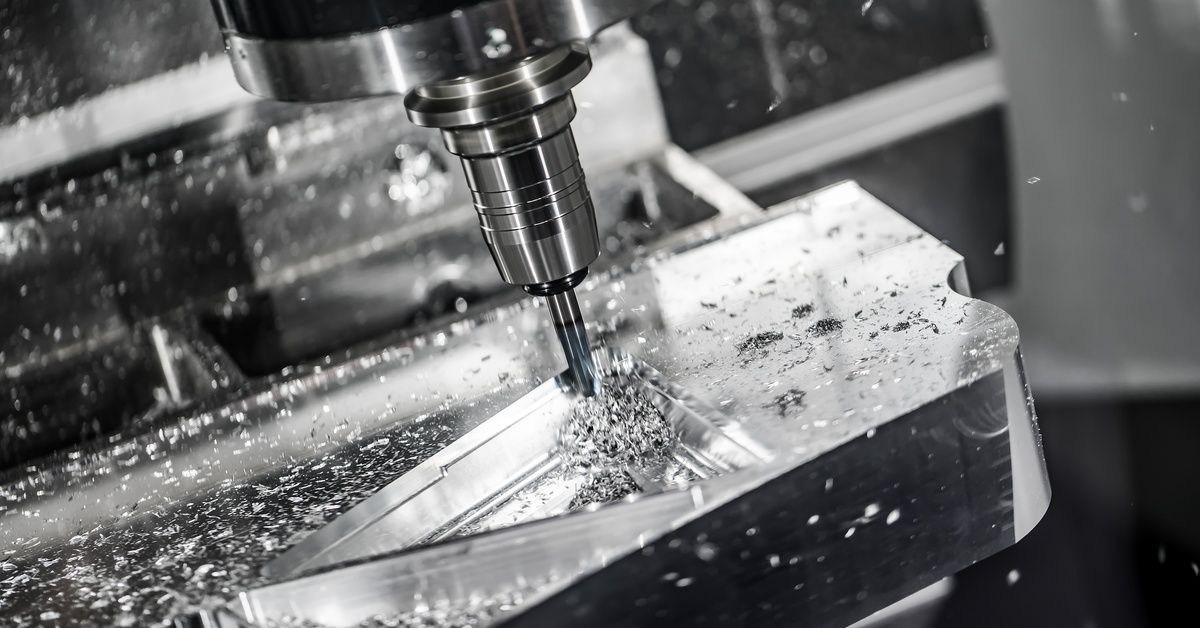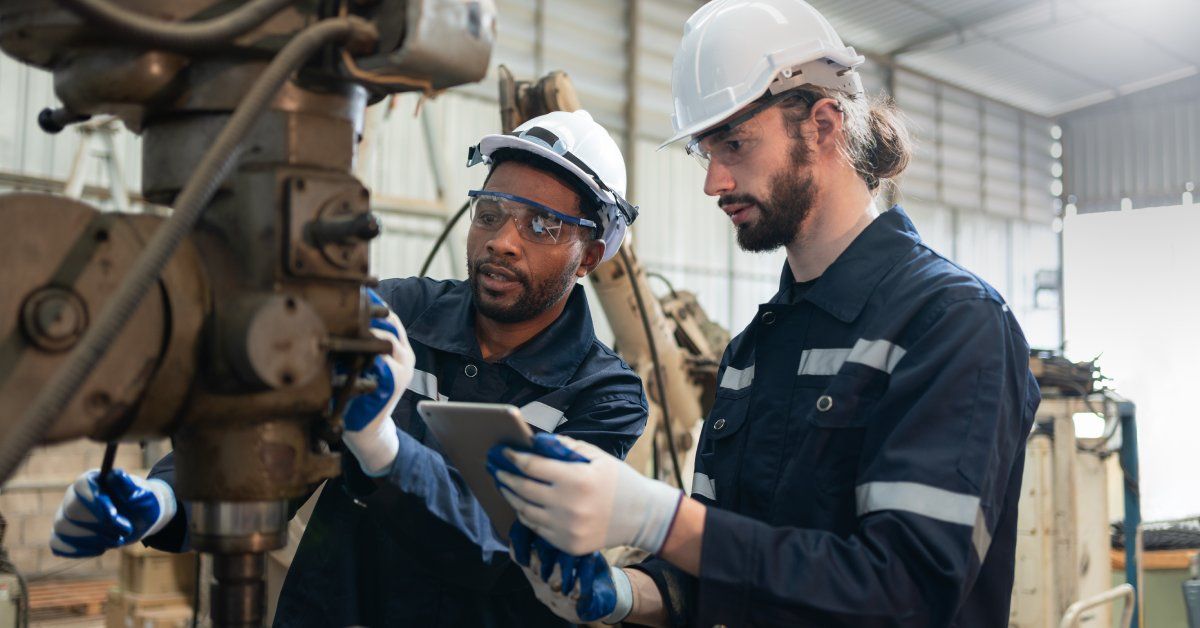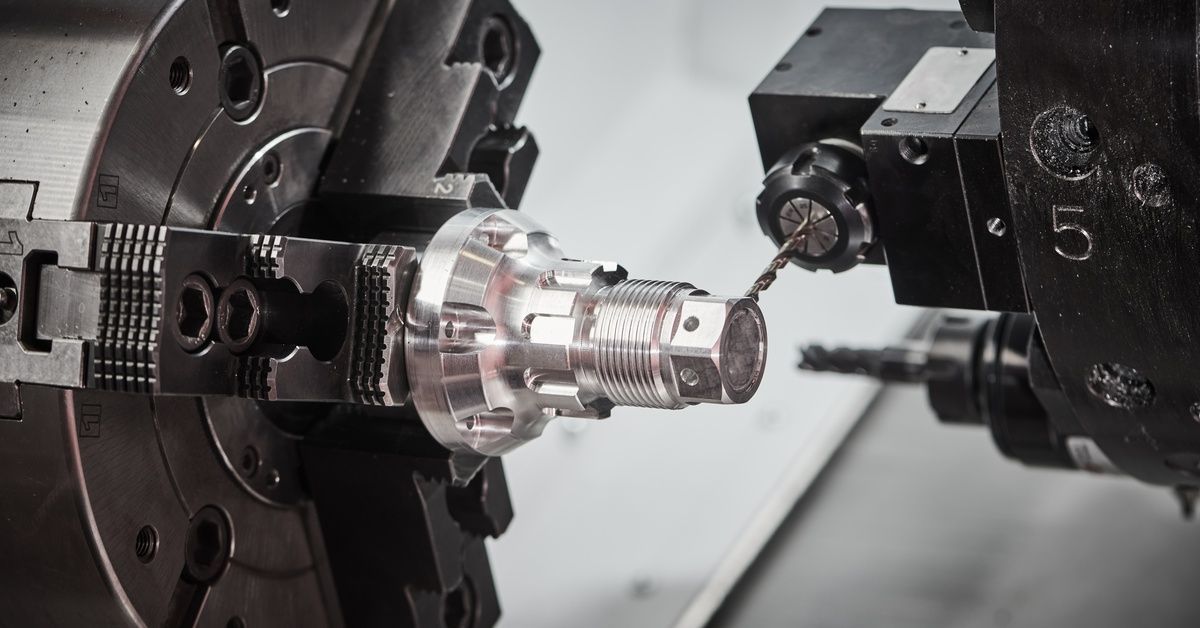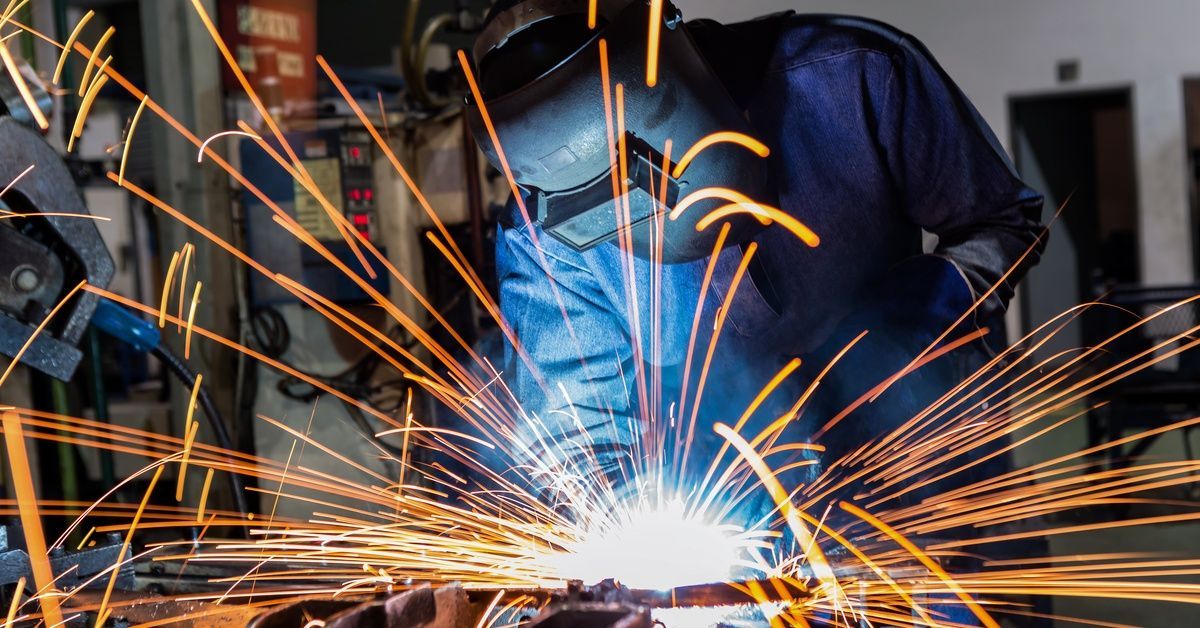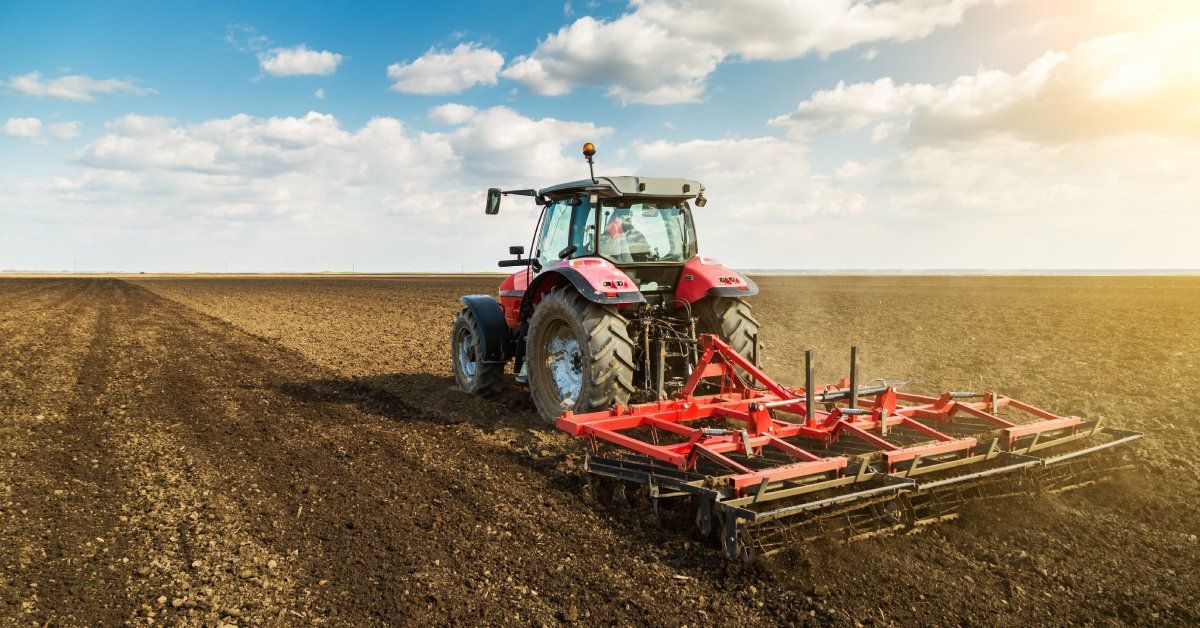The 5 Different Types of Welding Techniques
Welding is a key skill utilized across various industries, from construction to automotive repair. Whether you’re a beginner or looking to refine your welding abilities, understanding how to approach each project can be a game-changer. We’ll walk you through five different types of welding techniques, explaining their applications and benefits to give you a solid foundation for building or enhancing your skills.
Metal Inert Gas Welding
Metal inert gas (MIG) welding is a common welding technique. It utilizes a wire electrode that’s placed in a pool of material to join materials together. An inert gas, usually argon, shields the weld pool from contaminants in the air. MIG welding is versatile and can be used on a variety of metals, including aluminum, stainless steel, and mild steel, and is widely employed in automotive repair, construction, and even in art and sculptures.
Tungsten Inert Gas Welding
Tungsten inert gas (TIG) welding uses a tungsten electrode for the weld. Like MIG welding, it uses an inert gas, usually argon, to protect the weld from atmospheric contamination. TIG welding allows for greater control over the weld, making it ideal for thin materials and intricate work. TIG welding is commonly used in industries that require high precision, such as aerospace, automotive, and piping.
Shielded Metal Arc Welding
Shielded metal arc welding (SMAW), or stick welding, is one of the oldest and most widely used welding techniques. It involves using a temporary electrode coated in flux. When the electrode melts, the flux coating releases gases that shield the weld from contaminants. Stick welding is highly versatile and can be used on various alloys and metals, including iron, steel, and aluminum, making it ideal for construction, repair work, and heavy equipment maintenance.
Flux-Cored Arc Welding
Flux-cored arc welding (FCAW) requires a specially made wire with flux located inside it. When the wire melts, the flux releases gases that protect the weld from contamination. This method can be used with or without an external shielding gas. FCAW is widely used in construction, shipbuilding, and other heavy industries due to its high speed and portability. This makes FCAW especially useful for welding hefty materials and in situations where high deposition rates are required.
Oxy-Acetylene Gas Welding
Oxy-acetylene gas welding uses a mixture of oxygen and acetylene gas to produce a flame hot enough to melt and join metals. This technique is less common today but is still used for specific applications, especially in repair work and for welding thin materials. Gas welding is often used in automotive repair and plumbing and for welding thin materials like sheet metal.
Leverage the Advantages of Each Technique
Understanding these five different types of welding techniques can significantly enhance your skills and open up new opportunities. From the speed and efficiency of MIG welding to the precision of TIG welding, there’s a technique suited for every project and skill level.
At James Manufacturing, we utilize various welding techniques and other methods to create custom machined parts that meet your specifications. Contact our team today to learn more.
